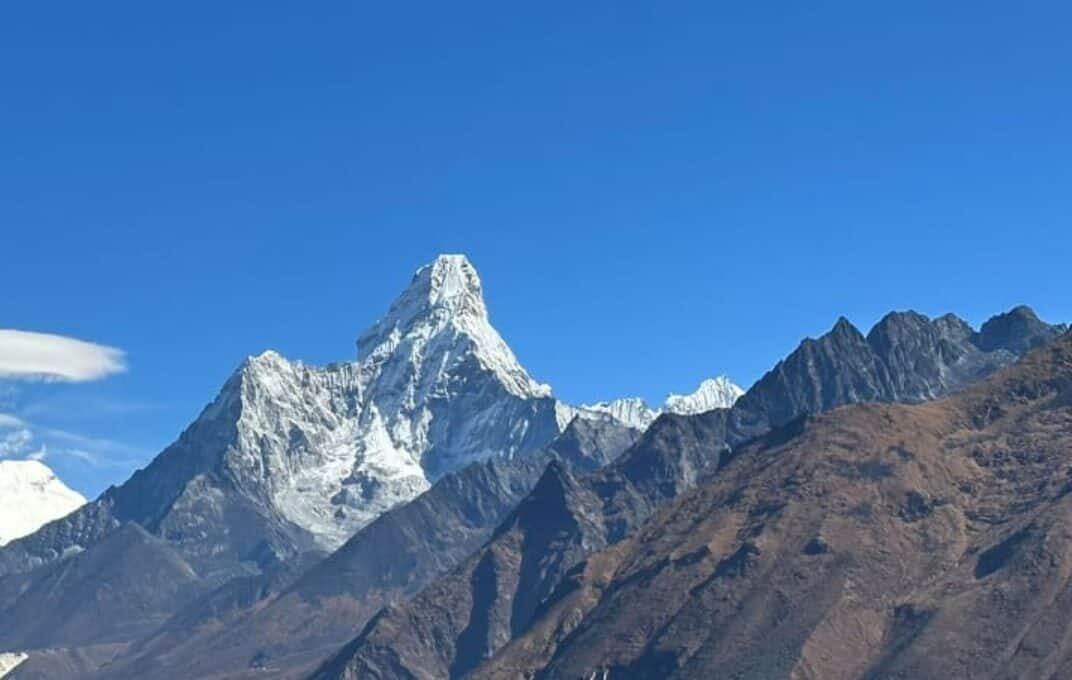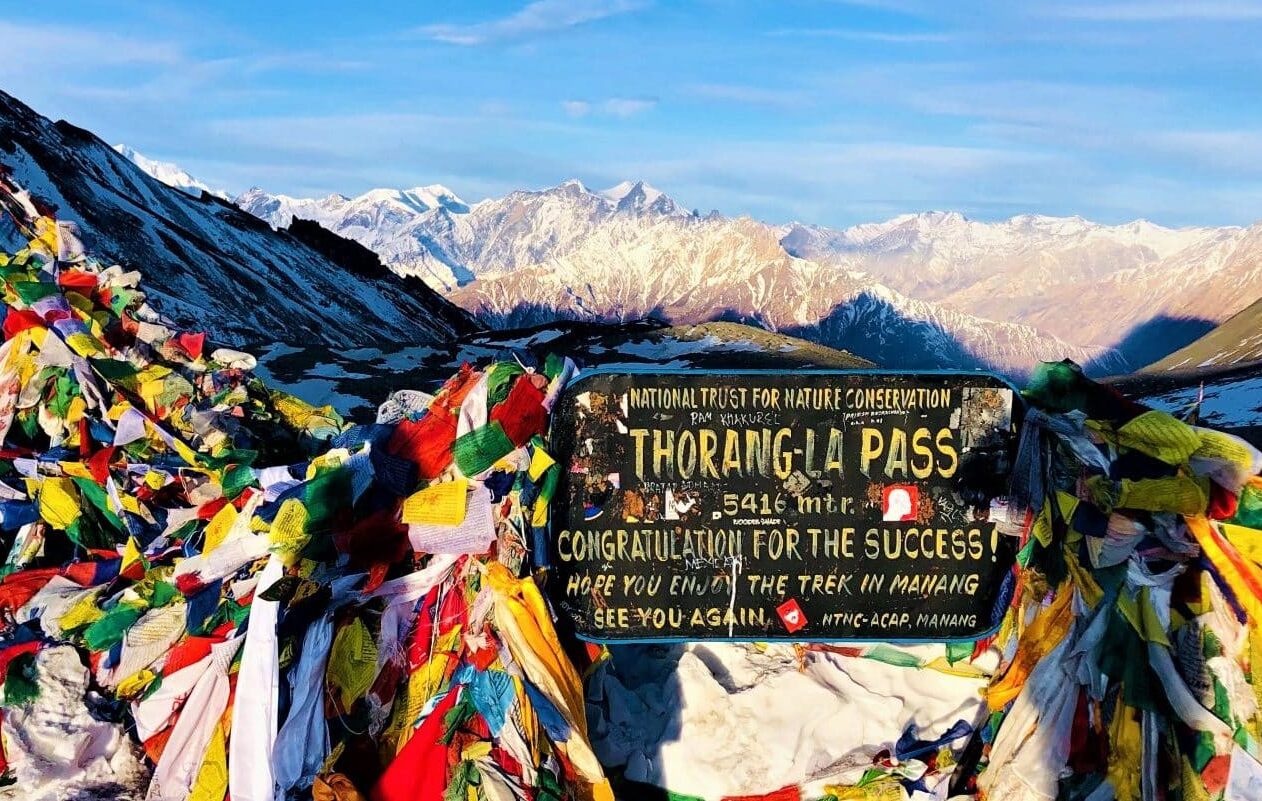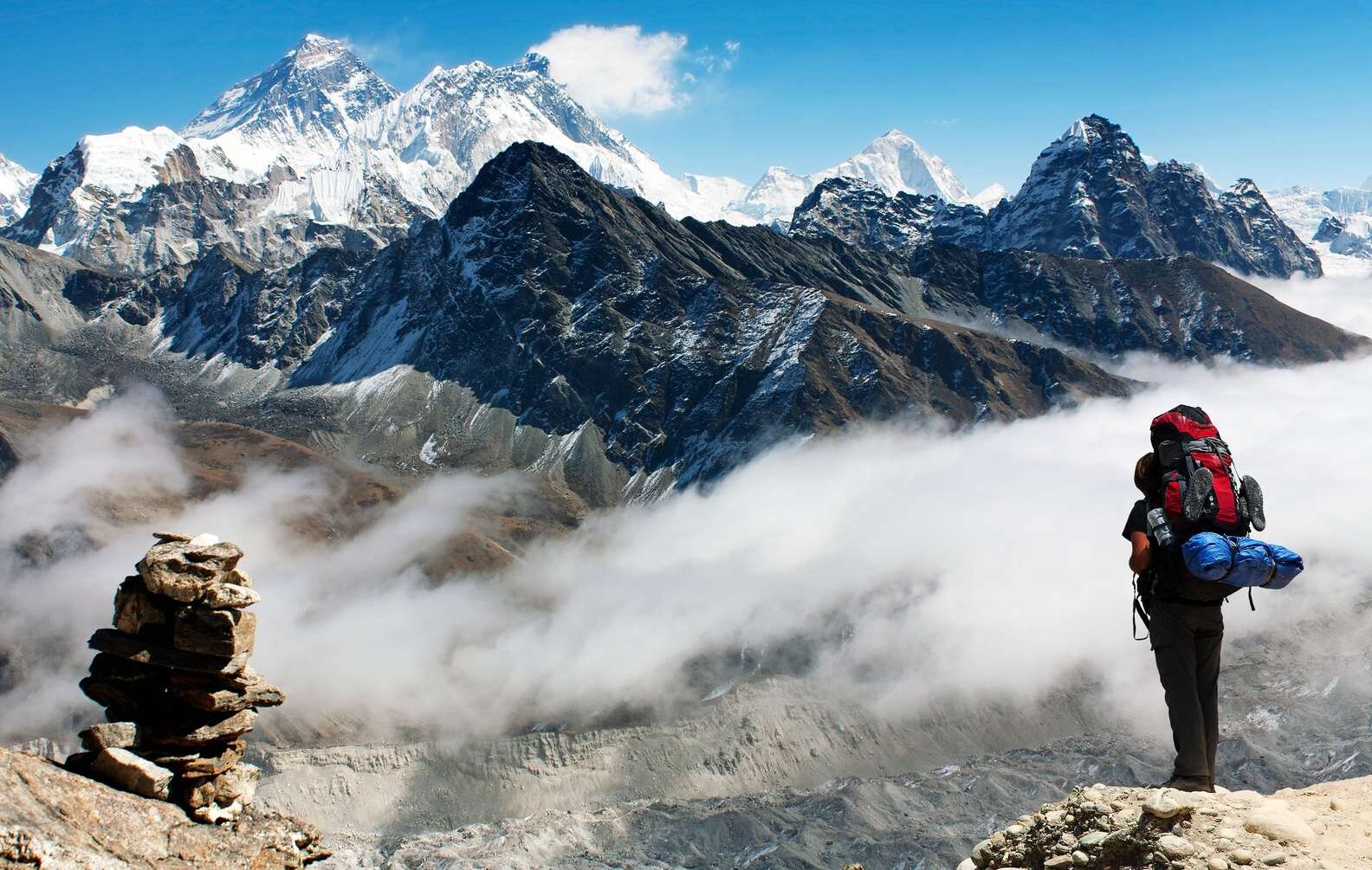The Mardi Himal Trek is one of the hidden gems in Nepal’s Annapurna region, offering trekkers a unique experience away from the crowded trails. With stunning views of some of the most iconic peaks in the Himalayas, including Machhapuchhre (Fishtail), Annapurna South, and Hiunchuli, this trek is a must-do for those seeking adventure in a less commercialized setting. If you’re planning your adventure, understanding the costs involved is crucial. In this comprehensive guide, we will walk you through everything you need to know about the expenses and costs for the Mardi Himal Trek, from permits and accommodation to food and gear.
Introduction to Mardi Himal Trek
The Mardi Himal Trek is a relatively new trekking route quickly gaining popularity for its off-the-beaten-path charm. Located in the Annapurna region, the trek takes you to the base of Mardi Himal, a stunning peak at 5,587 meters. The trail offers a variety of landscapes, from dense rhododendron forests to alpine meadows and rugged mountain terrain. This trek is ideal for those who want to experience the beauty of the Annapurna region without the large crowds typically found on the more famous trails like the Annapurna Base Camp or Everest Base Camp treks.
The trek usually takes about 5 to 7 days, depending on your pace and the number of days you want to spend acclimatizing and exploring the area. The trail starts from Kande, near Pokhara, and winds through traditional Gurung and Magar villages, offering a glimpse into the local culture and way of life. The highlight of the trek is reaching the Mardi Himal Base Camp, where you are rewarded with panoramic views of the Annapurna range.
Why Choose Mardi Himal Trek?
One of the main reasons for choosing the Mardi Himal Trek is the opportunity to explore a less commercialized trail. While other popular treks in the region have become crowded and developed, Mardi Himal remains relatively untouched. This means you’ll have a more peaceful experience, fewer trekkers on the trail and more opportunities to connect with nature.
Another reason to choose this trek is the incredible scenery. From the lush forests at lower altitudes to the barren, rocky landscapes near the base camp, the Mardi Himal Trek offers diverse environments. The views of Machhapuchhre, also known as Fishtail Mountain, are particularly striking, and you’ll have plenty of opportunities to capture stunning photographs along the way.
The trek is also suitable for trekkers of all experience levels. While it does involve some steep ascents and descents, the overall difficulty is moderate, making it accessible to those new to trekking or looking for a less strenuous alternative to the more challenging treks in the region.
Breakdown of Costs for Mardi Himal Trek
Understanding the cost structure of the Mardi Himal Trek will help you plan your budget more effectively. Below, we’ve outlined the major expenses you should consider:
Permits and Fees
You’ll need two permits to trek in the Annapurna Conservation Area Permit (ACAP) and the Trekkers’ Information Management System (TIMS) card to trek in the Annapurna region. The ACAP costs approximately USD 30 per person, and the TIMS card is around USD 20 per person for individual trekkers. The TIMS card is slightly cheaper at around USD 10 per person if you’re trekking with a guide or in a group. These permits are essential as they contribute to the conservation of the area and help ensure the safety of trekkers.
Transportation Costs
The Mardi Himal Trek typically starts from Pokhara, a popular tourist city that is the gateway to the Annapurna region. A one-way flight from Kathmandu to Pokhara costs around USD 120. Alternatively, you can take a tourist bus, which costs about USD 10 to 25, depending on the service. You’ll need to take a taxi or local bus from Pokhara to reach the trailhead at Kande, which costs around USD 10 to 20.
Accommodation Costs
Accommodation costs on the Mardi Himal Trek are relatively low compared to more popular routes. Teahouses along the trail typically charge between USD 5 and 15 per night for a basic room. The price usually increases as you gain altitude, with higher-altitude teahouses charging closer to the upper end of this range. Most teahouses offer simple but comfortable rooms with basic amenities. Remember that booking your accommodation in advance is advisable during peak trekking seasons.
Food and Drink Costs
Food is one of the most significant expenses on the trek, and prices tend to increase as you ascend. A typical meal at a teahouse will cost between USD 5 to 10. Meals often include local dishes like dal bhat (rice with lentil soup), noodles, pasta, or potatoes. For breakfast, you can expect to pay around USD 3 to 6 for pancakes, eggs, or porridge. Budgeting for drinks is also important, as staying hydrated is crucial at high altitudes. A water bottle can cost between USD 1 to 3, and hot drinks like tea or coffee range from USD 1 to 4.
Guide and Porter Costs
Hiring a guide or porter is highly recommended, especially if you’re new to trekking in Nepal. A guide will help you navigate the trail and provide valuable insights into the local culture and environment. The cost of hiring a guide ranges from USD 25 to 30 per day. If you prefer to carry your gear, that’s an option, but hiring a porter can make your trek more comfortable. A porter typically costs between USD 15 to 20 per day. Some trekkers opt to hire a guide-cum-porter, who can carry light loads and guide you at the same time, costing around USD 20 to 25 per day.
Gear and Equipment Costs
If you don’t have your trekking gear, you may need to rent or purchase some items before starting the trek. In Kathmandu or Pokhara, you can rent gear such as sleeping bags, down jackets, and trekking poles. Renting a sleeping bag or down jacket costs about USD 1 to 2 per day, while trekking poles cost around USD 1 per day. If you plan to buy gear, the cost will depend on the quality and brand. Investing in good-quality gear, especially for items like boots and jackets, is advisable, as the mountains’ weather can be unpredictable.
Miscellaneous Costs
Miscellaneous expenses can add up, so it’s essential to budget for them. These include costs for snacks, charging electronic devices, hot showers, and tips for guides and porters. Snacks like chocolate bars, energy bars, or nuts can be purchased in the villages along the trail, but they are more expensive than in the cities. Charging electronic devices costs around USD 1 to 3 per hour, and hot showers range from USD 2 to 5. Tipping is customary in Nepal, and it’s recommended to tip your guide and porter at the end of the trek. A typical tip for a guide is USD 5 to 10 per day, while for a porter, it’s around USD 3 to 5 per day.
How to Save Money on Mardi Himal Trek?
Trekking in Nepal can be done on a budget, and the Mardi Himal Trek is no exception. Here are some tips on how to save money:
- Travel Off-Season: Trekking during the off-season (monsoon or winter) can save you money on accommodation and permits, as prices are often lower. However, be prepared for more challenging weather conditions.
- Share Costs: If you’re trekking with a group, you can share the cost of a guide, porter, and transportation, reducing your overall expenses.
- Bring Your Own Snacks: As you ascend, snacks and drinks prices increase. Bringing your own from Pokhara or Kathmandu can save you money.
- Negotiate: In Nepal, bargaining is common, especially for services like guide or porter fees and accommodation. Don’t hesitate to negotiate to get a better deal.
- Avoid Unnecessary Luxuries: While it’s tempting to indulge in hot showers and frequent device charging, these extras can add up. Limit these expenses to stay within your budget.
Final Thoughts
The Mardi Himal Trek offers an incredible experience for trekkers looking to explore the Annapurna region without the crowds. Its stunning scenery, cultural encounters, and moderate difficulty level make it an excellent choice for novice and experienced trekkers. By understanding the costs involved and planning your budget accordingly, you can ensure your trek is enjoyable and affordable.
At The Himalayan Treks, we are committed to helping you have the best trekking experience possible. Whether you’re looking for a guided trek or need assistance with permits and logistics, we’re here to help. Contact us today to start planning your Mardi Himal adventure!



